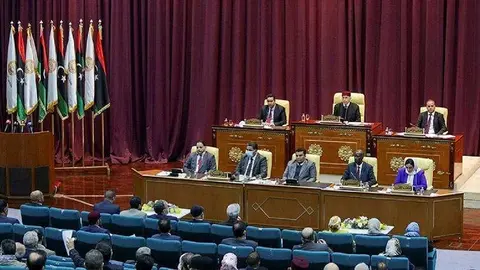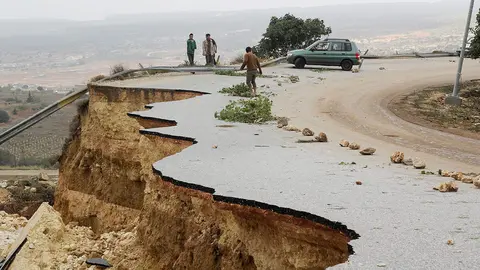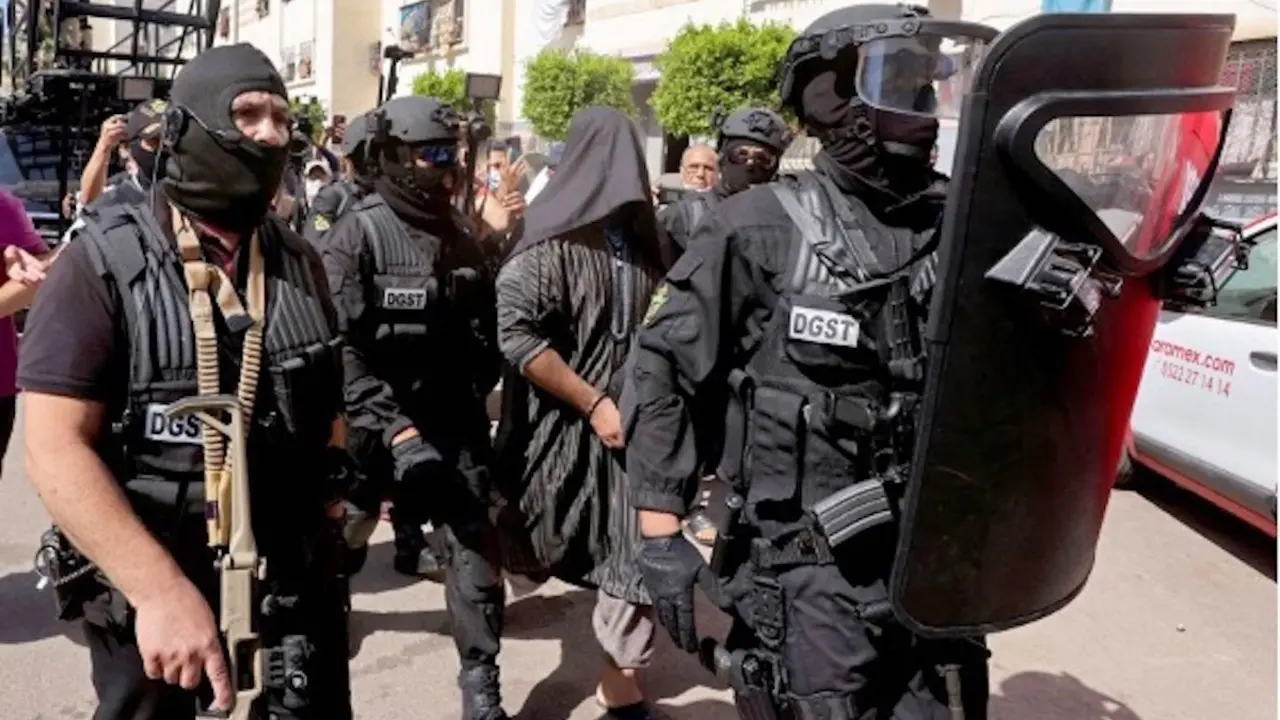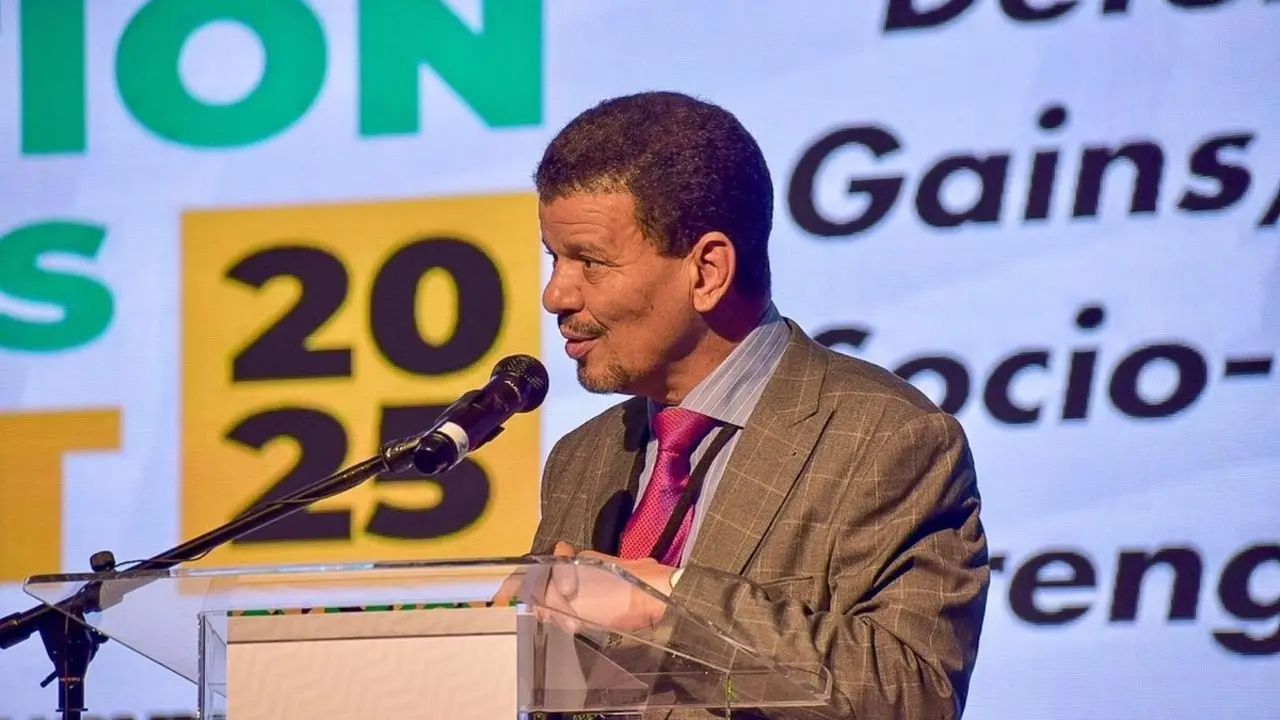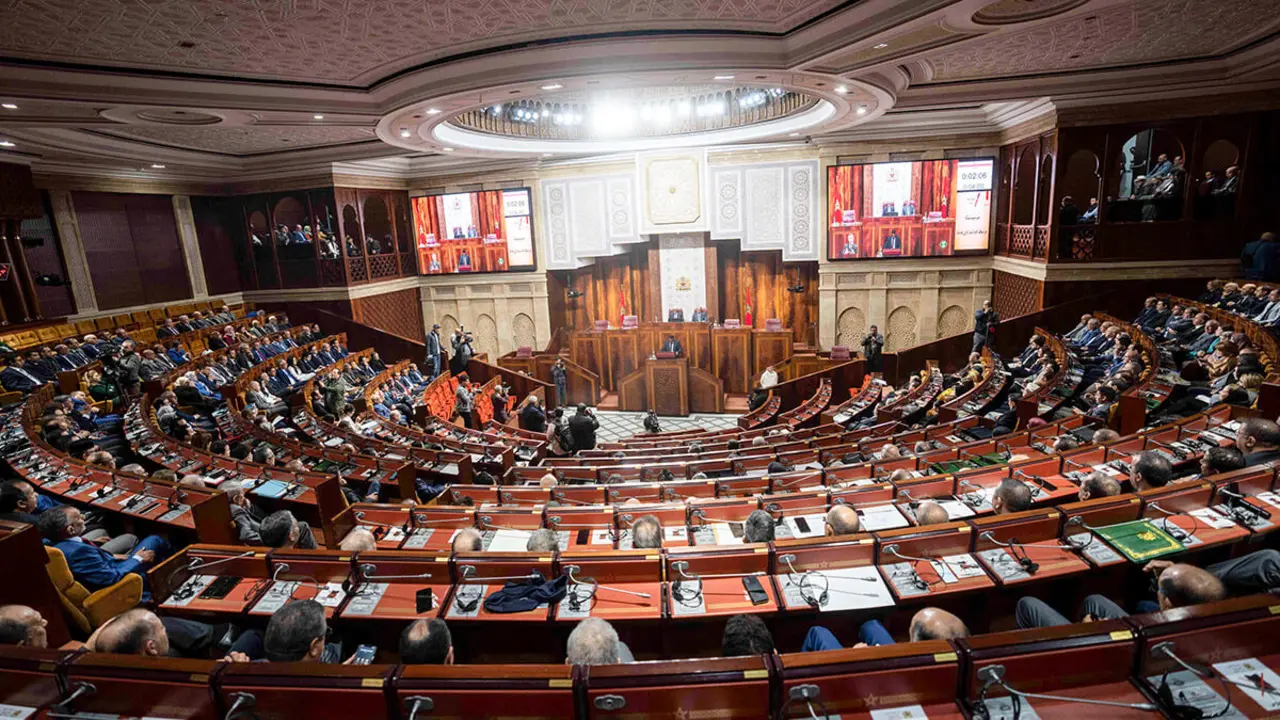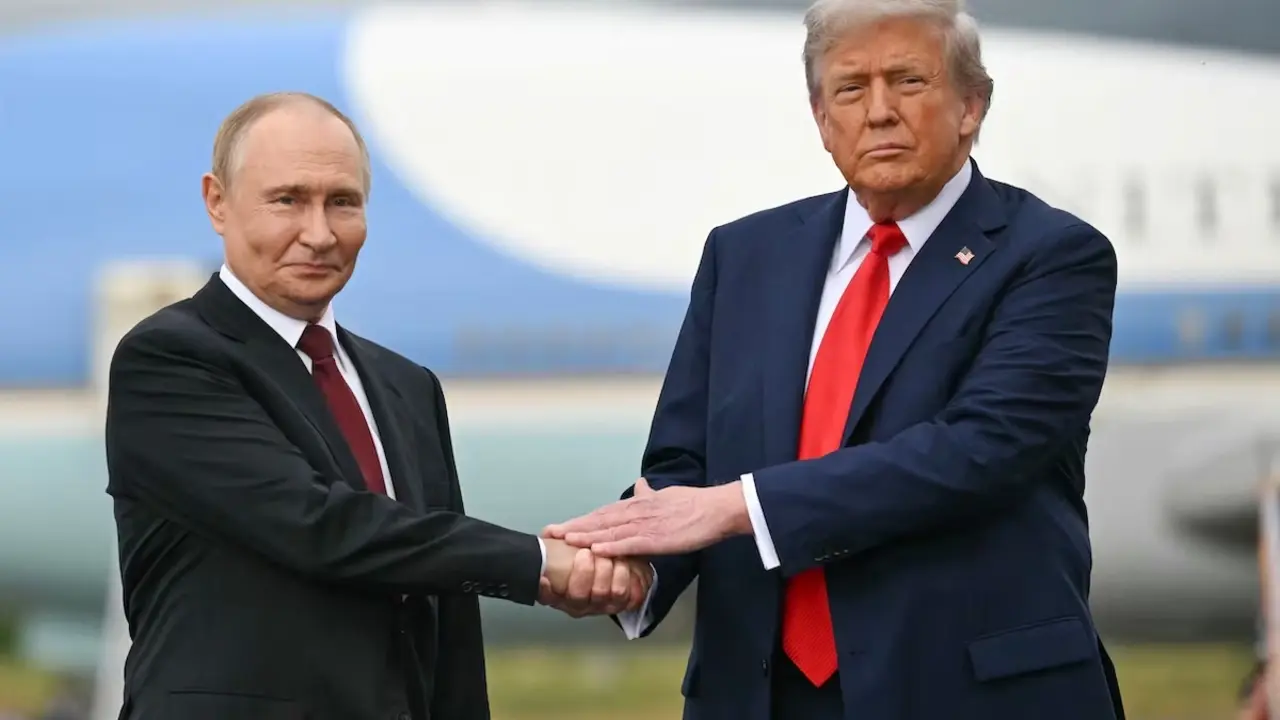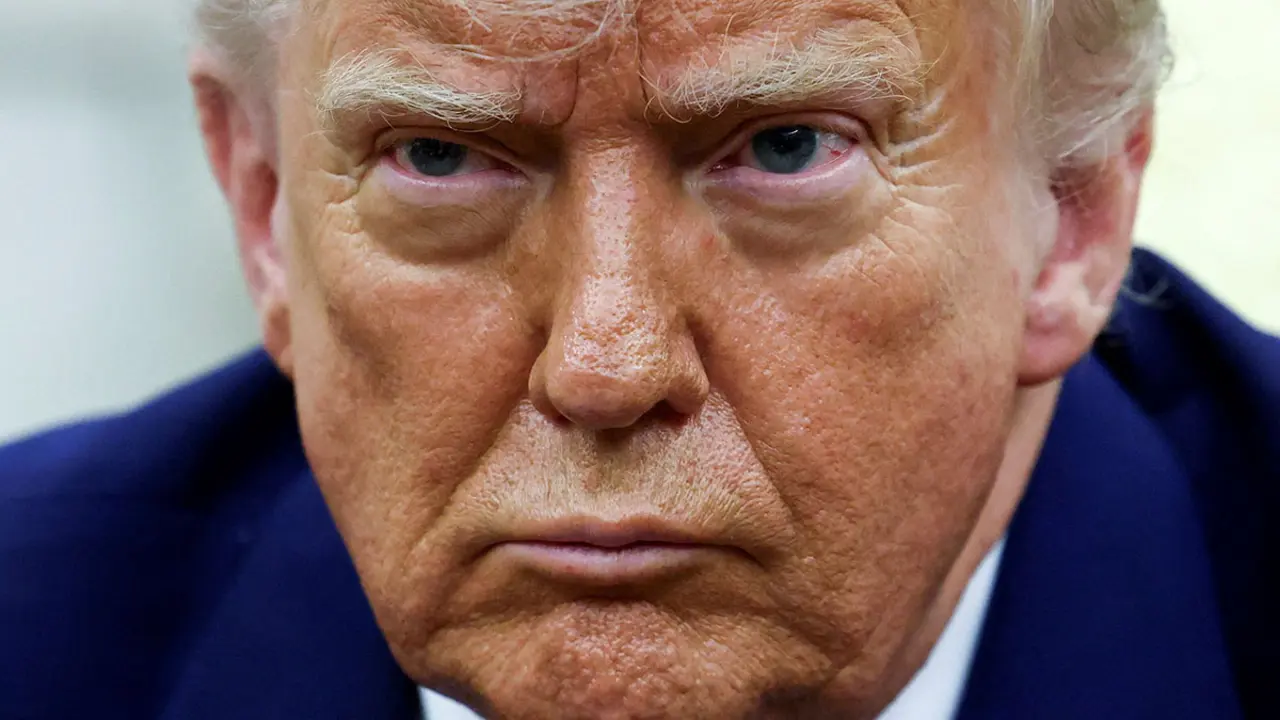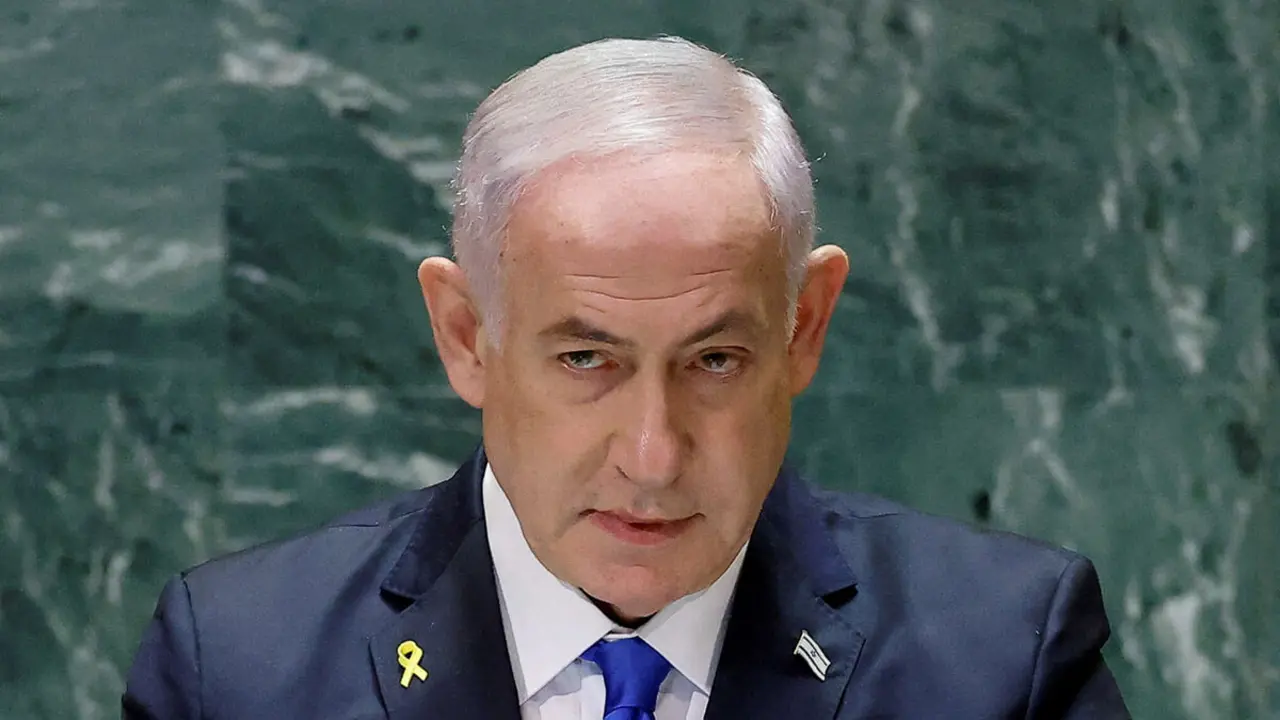In Libya, the gap between government policies and popular expectations is widening

Libya begins the New Year with new tensions over its largest oilfield, El Sharara. In early January 2024, a video circulated on the internet. Protesters in the Fezzan region in the south of the country announced the closure of the El Sharara oil field until their demands were met. The Libyan National Oil Corporation (NOC) did not react until a few days later, declaring force majeure on Sunday 7 January. This legal manoeuvre reveals the extent of the demonstrations, as force majeure allows a company to be released from its legal obligations towards its customers.
- El-Sharara, a strategic target
- An anti-corruption demonstration demanding more rights for the region's inhabitants
- A reaction by the authorities in line with the Libyan political context
- Complex socio-economic risks
The Sharara field, which produces most of Libya's oil, is the main target of the protesters. Since 2011, oil production at El Sharara has been regularly disrupted by local populations with various social and political grievances. These recurrent tensions increase the risk of state instability, highlighting the growing gap between national economic interests and the demands of local communities.
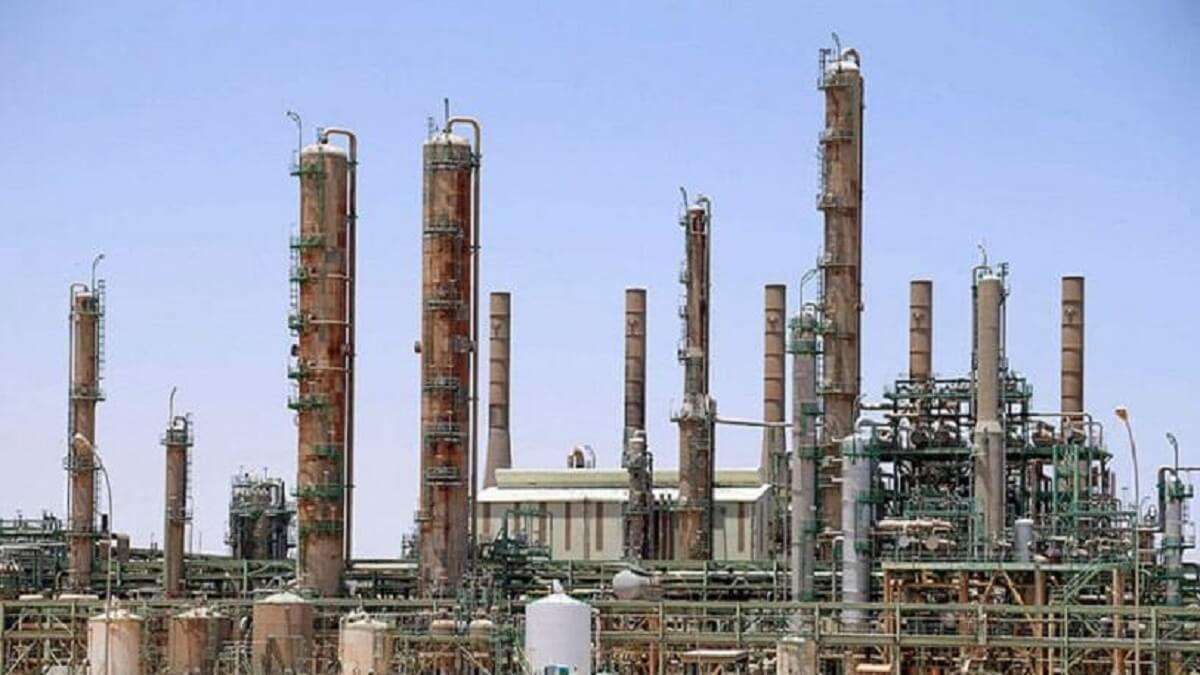
El-Sharara, a strategic target
The El-Sharara oil field is located in the Murzuq desert, 700 km south of Tripoli. It is considered the largest oil field in Libya and Africa, with a production capacity of more than 300,000 barrels of light crude oil per day. Operated by Akakus Oil Operations (formerly Repsol Oil Operations), first oil from the field was produced in 1996. The Sharara field is operated by the Libyan national oil company NOC, Repsol, Total, OMV and Equinor.
According to GlobalData, the field is located in block NC 115 (zones 129 and 130) and, in addition to production and water injection wells, also includes other infrastructure such as oil and gas separation plants, water injection pumps, gathering stations, vapour recovery units, water treatment plants and gas compression units. Gross production from the Sharara field is channelled to the Zawiya oil export terminal and the Zawiya refinery, located some 45 km west of Tripoli on the Mediterranean coast.
Because of its geographical location and production capacity, the Sharara field quickly became the target of Libyan protests. The first disruptions date back to 2011, the year of the Arab Spring and the overthrow and assassination of Libyan dictator Muammar Gaddafi. Since then, there have been frequent disruptions in the El-Sharara oil field. However, it is interesting to note that the first blockades were not initiated by localised groups, but by armed groups in a context of fragile security in Libya.
Specifically, the oil field was closed for two years, between 2014 and 2016, when the pipeline was blocked by armed groups, and again in 2020 by an armed group supporting the Libyan National Army. Force majeure had already been declared once for this incident. It was not until 2017 that localised groups began blocking strategic oil fields to make their demands heard. The El-Sharara field was shut down several times in 2017, 2022 and July 2023.
An anti-corruption demonstration demanding more rights for the region's inhabitants
Coming mostly from the Ubari region, the demonstrators organised themselves into a group, the Movement for the Eradication of Corruption, to protest against the NOC and the government, which they hold entirely responsible for the economic situation in the region. Indeed, despite being a land rich in oil, gas, water and precious minerals, the southern regions are constantly marginalised and embroiled in regional and international struggles to extend their influence over their natural resources and strategic position.
Their demands include improved services, the supply of fuel and its derivatives to Fezzan, the activation of the decision to establish a refinery in the south, the maintenance of dilapidated roads in Fezzan towns, the appointment of graduates from the region and the restructuring of the Fezzan Reconstruction Fund. According to Reuters news agency, protesters in the region complain of the "need for development projects and services, such as a refinery to supply fuel, tarred roads, a clinic and jobs for young people".
Another demand is the dismissal of NOC chairman Farhat Bengdara, who is accused of "criminal violations". The petitioners also call for Bengdara to be banned from signing agreements in the oil and gas sector. Salem Mohamed, a spokesman for the group, warned Reuters that if the authorities did not meet their demands, the movement could evolve into a form of civil disobedience. The threat has escalated to the point that the movement has also issued a warning to shut down the country's largest operating refinery west of Tripoli, NOC's Zawiya refinery, which processes a total volume of 120,000 barrels per day.
The movement began by giving a 72-hour ultimatum before completely shutting down the facility, an ultimatum that was extended by 24 hours to negotiate with mediators.

A reaction by the authorities in line with the Libyan political context
The Dbeibah government, which did not react immediately to the demands of the Movement for the Eradication of Corruption, called for a "return to reason" and for oil production not to be caught up in this type of problem. French radio RFI reports that this development comes amid disagreement between Libyan institutions over an agreement signed unilaterally by Dbeibah, the prime minister whose term expired more than a year ago, and an international consortium. The agreement, which aims to develop hydrocarbon exploration around Tripoli, is being challenged by the parliament and the High Council of State, which suspect that the contract is intended to help Dbeibah stay in power.
Indeed, the authorities of the Government of National Accord (GNA) fear that the closure of the Sharara field could be the beginning of a new crisis affecting the oil-producing areas in the south and centre of the country. It should be recalled that after the Arab Spring of 2011, Libya plunged into a disastrous civil war in which governance was constantly contested. After the fall of Gaddafi, various factions and government groups vied for control of the country, including jihadist groups such as the Islamic State. More recently, the struggle for governance has been divided into two groups: the House of Representatives government, supported by the Libyan National Army (LNA), controlled by General Khalifa Haftar in the east and backed by Russia, the United Arab Emirates, Egypt and France; and the GNA, recognised by the United Nations and supported by Turkey, Italy and Qatar.
In this context, the GNA authorities believe that the Sharara camp was closed with the indirect approval of the authorities in place in the southern regions, in particular the National Army led by Marshal Khalifa Haftar, the government formed by the House of Representatives and influential popular figures. According to Al-Arab news agency, the Supreme Council of Tribes and Towns of Fezzan announced its support for the protesters, while insisting on the need to undermine all powers and competences of the GNA linked to the management, supervision and monitoring of development projects in the region, and transfer them to the deputy prime minister in charge of the South.
At the Council's request, a dialogue committee was set up between the parties involved to communicate on the situation. Salem Mohamed, spokesperson for the protesters, stated that they had decided to extend the deadline to continue negotiations with the six-person mediation team. On 22 January 2024, Tripoli announced the reopening of the El-Sharara field after three weeks of blockade. The negotiations resulted in a consensus on the demands, except for one point: the dismissal of NOC president Farahat Bengdara, who nevertheless emerged from the situation very weakened.

Complex socio-economic risks
Economically, the closure of the Sharara field has reduced Libya's oil production to below 1 million barrels per day for the first time in months. This field accounts for about a quarter of the country's total production, some 1.2 million barrels per day. The oil and gas sector is one of Libya's main sources of revenue. According to reports by Oil&Gas Middle East, the Libyan Central Bank has stated that oil revenues account for 98 per cent of the government's total revenues.
According to John Benny, a journalist for The National, analysts believe that these protests targeting the country's vital oil infrastructure could affect the OPEC member's ability to meet its ambitious production target (of 40% of its economy) and increase its gross domestic product (to around $250 billion) in the coming years. For Giovanni Staunovo, a strategist at Swiss bank UBS, interviewed by The National, the resumption or reduction of production at the Sharara field has a major impact on NOC's revenues.
The repeated blockades of Libya's main oil and gas infrastructure are having a considerable impact on the country's political and economic stability. In particular, they increase the risk of production disruptions and contribute to damaging Libya's reputation as a reliable energy supplier. It is in this context that the gap between the interests of the NSAG and the Libyan population is being forged. For Mohamed Oun, Libyan Minister of Oil and Gas, "it is crucial that Libyans understand that NOC and the Ministry of Oil and Gas are focused on the exploration, extraction and production of oil and gas, and contribute to the country's treasury revenues".
For Hasanain Mohamed, editor of Libya Review, the closure of the oil field underlines Libya's complex socio-economic challenges, especially in the Fezzan region, which has often been neglected despite its contribution to the country's oil wealth. He also highlights the population's growing frustration with Libyan government and NOC policies. For him, the need to balance national economic interests with the demands and rights of local communities is increasingly vital to ensure stability and equitable development across Libya.

***
Although the situation around the Sharara oil field has led to an agreement between the Movement for the Eradication of Corruption, the GNA and the NOC, the authorities have once again been weakened politically and economically. Indeed, the increasingly frequent disruptions of Libya's major oil and gas infrastructure in recent years are a reminder that Libya has not yet emerged from the political crisis it inherited from the Arab Spring.
According to the International Peace Institute, political rivalries between the NSAG and the LNA over control of oil resources have hampered the Libyan government's efforts to reduce poverty and economic inequality, and to provide social protection. As a result, Libya finds itself in a downward spiral between the authorities' inability to meet the needs of the population, which responds with demonstrations that further accentuate the divide between the two governments.
As a result, Libya faces a number of challenges, including a lack of practical engagement with civil society, the division between two governments with divergent interests, but above all "an excessive focus on short-term stability rather than on the root causes of the conflict and long-term priorities, and the lack of a rights-based approach" (International Peace Institute).

